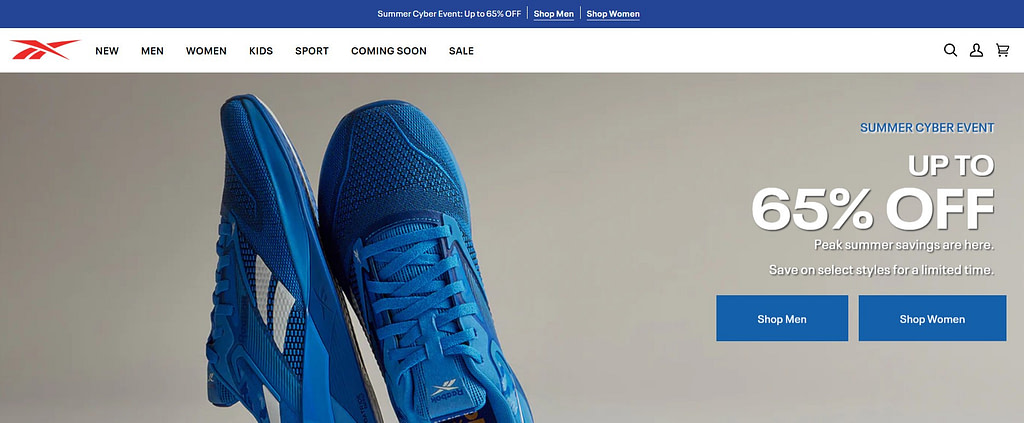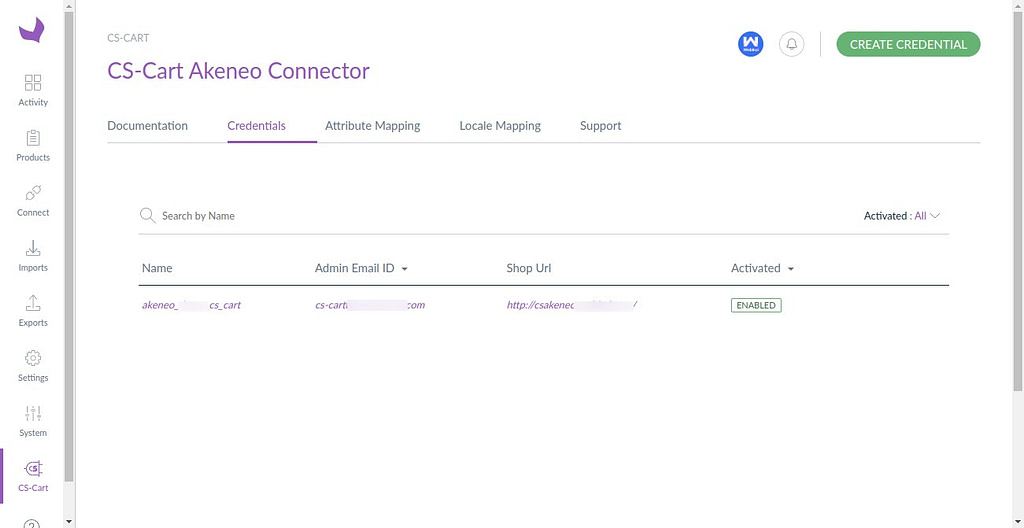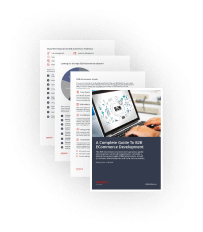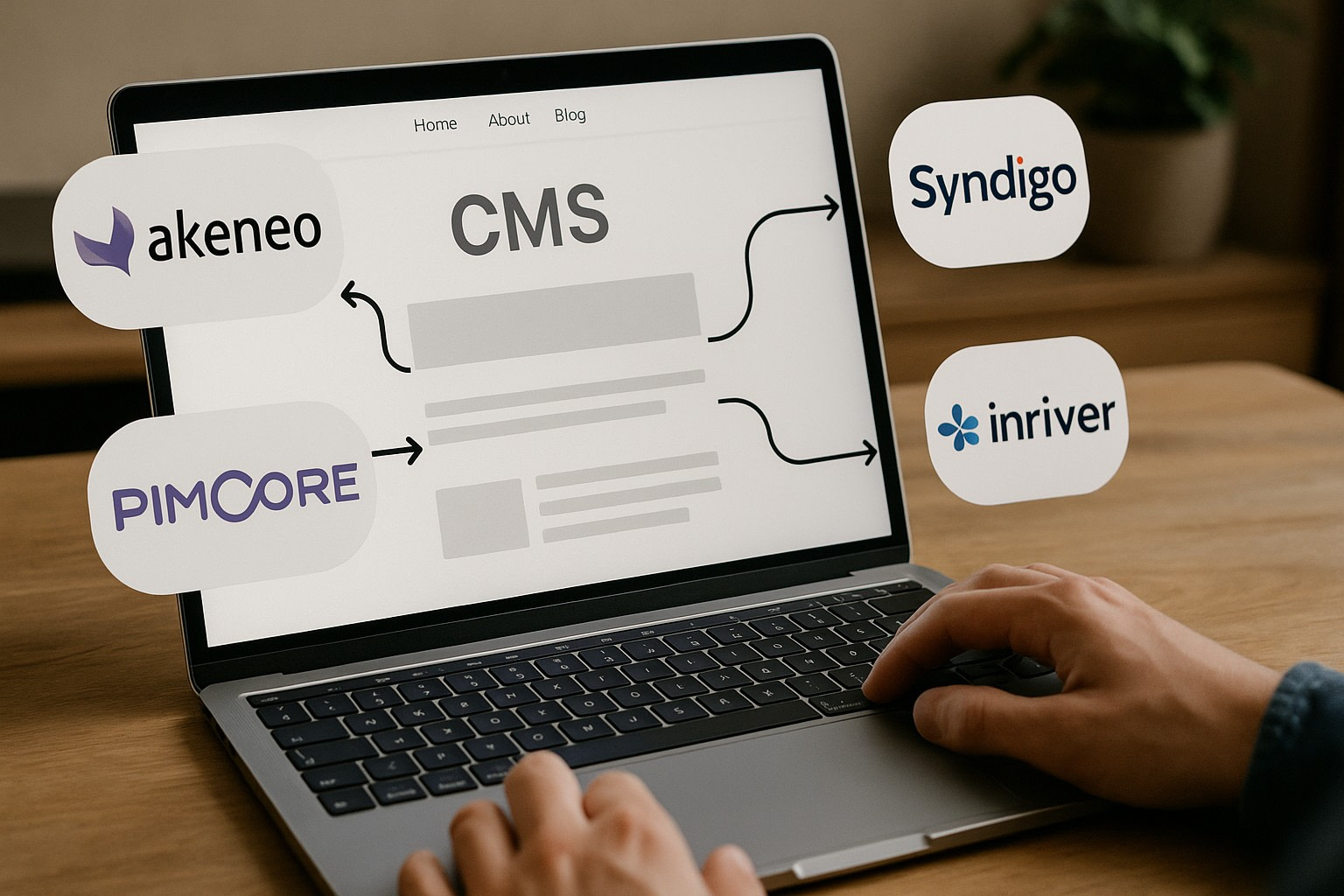Have you ever ordered something online only to find that what arrives doesn’t match the product description? Frustrating, right? It’s a problem not just for customers, but for businesses too. That’s exactly where a PIM system comes in.
In this article, we’ll explain what a PIM system is, what it’s used for, and how to choose the right one for your eCommerce platform.
What Is a PIM System, and Why Does It Matter?
A Product Information Management System (a PIM system) is a tool that helps companies centralize and manage product data. It gathers everything from product IDs, descriptions, and product specifications to images and videos in one place and synchronizes this information across all sales channels.
If you’re wondering how product identifiers like UPCs work with PIM systems, check out What Is a UPC Code and How to Use It in eCommerce.
According to Mordor Intelligence, the global PIM market is projected to hit $55.48 billion by 2029, with retail and eCommerce driving much of that growth.
Why is it important? PIM ensures your technical data is accurate and consistent, reduces manual errors, streamlines updates, and enhances the overall customer experience. Product data management is not just about organization—it also improves data accuracy, regulatory compliance, and customer trust. For businesses managing large inventories or selling across multiple platforms, a PIM system is essential.
What Problems Does a PIM System Solve?
- Single Source of Truth. Centralized platform data storage for all product data governance, ensuring consistency across all sales and marketing platforms.
- Data Automation & Standardization. Automates the import/export of product data to reduce manual work and errors.
- Content Accuracy. Includes tools for data validation, helping catch and fix errors.
- Faster Time-to-Market. Makes it easier to launch new products across multiple platforms quickly.
- Compliance with Standards. Helps align product data with standards like GS1 or ETIM, making integration with global marketplaces easier.
- Brand Consistency. Enables unified control over product visuals and messaging across channels.
- Data Maintenance Efficiency. Some studies show you can maintain product data in as little as 4 minutes per SKU per year.
- Simplified Marketplace Integration. Formats data for platforms like Amazon, Walmart, or Shopify.
Is a PIM System Right for Your Business?
If your business:
- Offers a large number of SKUs with complex product attributes,
- Struggles with inconsistent or scattered product data,
- Sells on multiple channels (your own site, Amazon, etc.),
Then yes, you’ll benefit from implementing a PIM system.
How PIM Helps Manage Product Content
As your business grows, so does the complexity of managing thousands of product listings. Here’s how a typical PIM implementation works:
- Gather requirements from all departments to understand what data is needed and how it should be managed.
- Build product data models that align with both customer needs and business requirements.
- Configure the PIM system, including custom product attributes and importing data from existing systems.
- Integrate with ERP, CRM, and eCommerce platforms to ensure seamless data flow.
- Define user roles and permissions to control access and prevent unauthorized changes.
- Test thoroughly, then launch the system live.
Types of PIM Systems
PIM solutions typically fall into three categories:
1. On-Premises Solutions
Installed on your company’s servers.

Example — Pimcore – comprehensive PIM solution that combines product information management solutions with DAM systems (Digital Asset Management), and MDM (Master Data Management). Great for businesses with complex or print catalogs and the need for full control.
If you want to learn how to structure your product data for maximum sales, read How to Build Your Digital Product Catalog To Sell More.
2. Cloud-Based (SaaS) Solutions
No installation required, runs in the cloud. Examples:

- Akeneo – open-source and enterprise versions with robust Product Experience Management (PxM) tools.

- Inriver – focused on marketing and channel integration.

- Plytix – offers strong DAM and collaboration features for marketing teams, sales teams, customer care teams, or product and marketing teams.
3. Framework-Based Solutions
These are more flexible and developer-oriented. Akeneo fits here too thanks to its modular, open-source design.
If you want to understand how PIM fits into the modern eCommerce tech stack, read How eCommerce Has Changed Business.
PIM System Comparison
| PIM System | Key Features | Scalability & Flexibility | Best For | Pricing |
| Akeneo | Product data & media management, PxM tools | Open-source, modular | All business sizes | Free (Community), Paid from €1600/month |
| Catsy | Product data, DAM, analytics | Quick setup, modular | SMBs | On request |
| Inriver | Marketing-focused product info management | Fully cloud-based | B2B/B2C | On request |
| Pimcore | PIM/DAM/MDM, complex data integration | Open-source, low-code | Any scale | From €6400/month |
| Plytix | DAM, API integrations, analytics | Unlimited users | SMBs to large businesses | Free, Paid from €300/month |
| Syndigo (former Riversand) | Data quality automation, analytics | Extendable via marketplace | Enterprise | On request |
| Sales Layer | Multilingual, marketplace-ready | Basic functions for all users | Global companies | On request |
| Salsify | PIM, DAM, PxM, analytics | Microservices architecture | Retail with multi-channel needs | On request |
How to Choose the Right PIM System
There are dozens of PIM solutions on the market, each offering different strengths for specific use cases. When evaluating options, consider:
- The size and complexity of your catalog
- Your sales channels (e.g., marketplaces, DTC website, social)
- Compatibility with your existing tech stack (ERP, CRM, CMS)
- Ease of use and onboarding support
- Pricing and scalability for future growth
Real-World Examples of PIM Implementation
Auchan

This grocery retail store uses Akeneo to improve their loyalty program and provide detailed product data — even across brick-and-mortar stores and online touchpoints. The result: more personalized customer experience and smoother integration of bonus point tracking.
Schneider Electric

Schneider Electric uses Syndigo PIM platform to manage a highly complex, global product portfolio in the electrical and energy management sector. The system acts as a single source of truth, integrating product-related data with ERP, digital commerce, and partner portals.
Reebok

Reebok, a global sportswear brand, implemented Sales Layer PIM to centralize product data and automate the syndication of product content to digital channels, marketplaces, and retail partners.
Coca-Cola

Coca-Cola uses Salsify PIM to manage the digital shelf for its extensive beverage portfolio. The system centralizes product content, nutritional information, and digital assets for distribution to retailers, online stores, and marketing platforms.
PIM and Marketplace Integration

Tools like CS-Cart aren’t full PIM systems but can function as part of a broader product data ecosystem. Through add-ons like Akeneo Connector, CS-Cart integrates with Akeneo to simplify managing large catalogs across B2B portals or high-traffic marketplaces.
Highlights of CS-Cart:
- High performance for traffic-heavy platforms
- API-first design for seamless integrations
- Modular architecture for extensibility
- Role-based access controls for entire team (from eCommerce managers to product marketers)
Can a PIM Work Alone?
Technically, PIM can be a single platform, but it’s most effective when integrated with:
- ERP/CRM systems – for syncing inventory, pricing, and customer data.
- CMS/eCommerce platforms – for seamless publishing.
- DAM/MDM tools – for managing digital assets and master data.
- Workflow tools – streamlines workflows for automating product lifecycle manual tasks.
- Access management systems – for ensuring secure and role-based data access.

If you are seeking a PIM integration for CS-Cart, Simtech Development offers custom integration services and invites inquiries for such projects.
Takeaways for eCommerce Businesses
- Invest in a PIM system to improve operational efficiency and help reach accurate data.
- Optimize your omnichannel presence by syncing product data across all platforms.
- Use product insights to inform inventory, marketing, and product development strategies.
- Integrate PIM with your existing tools for full data lifecycle management.
- Maintain high content quality to boost conversions and reduce returns.
If you’re running a large eCommerce store or marketplace, managing complex product data without PIM software is like trying to drive a race car with a bicycle’s gears. It’s time to consider upgrading your product information strategy.

